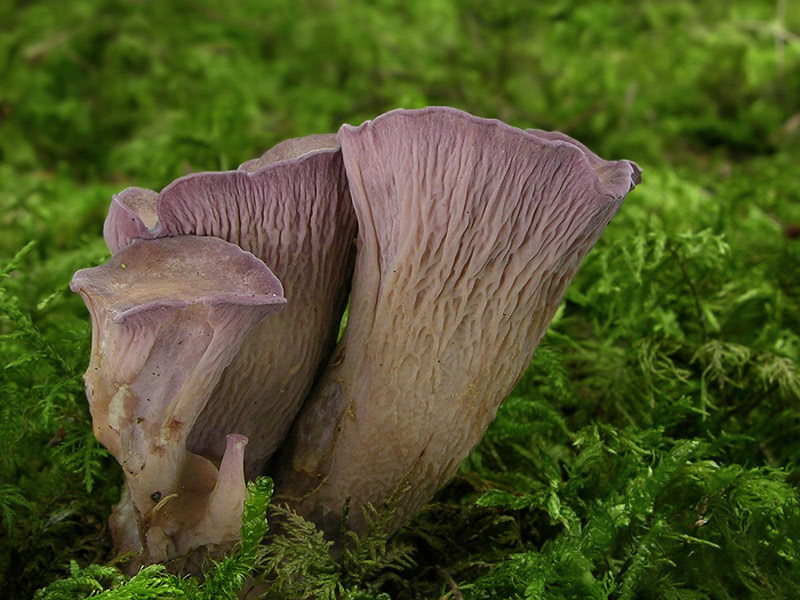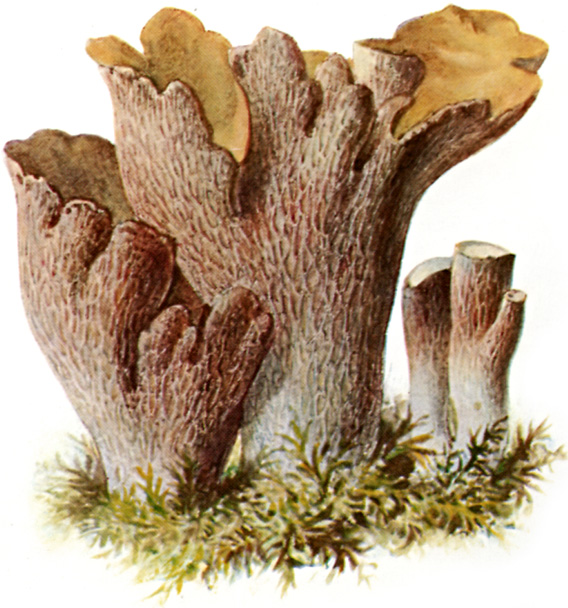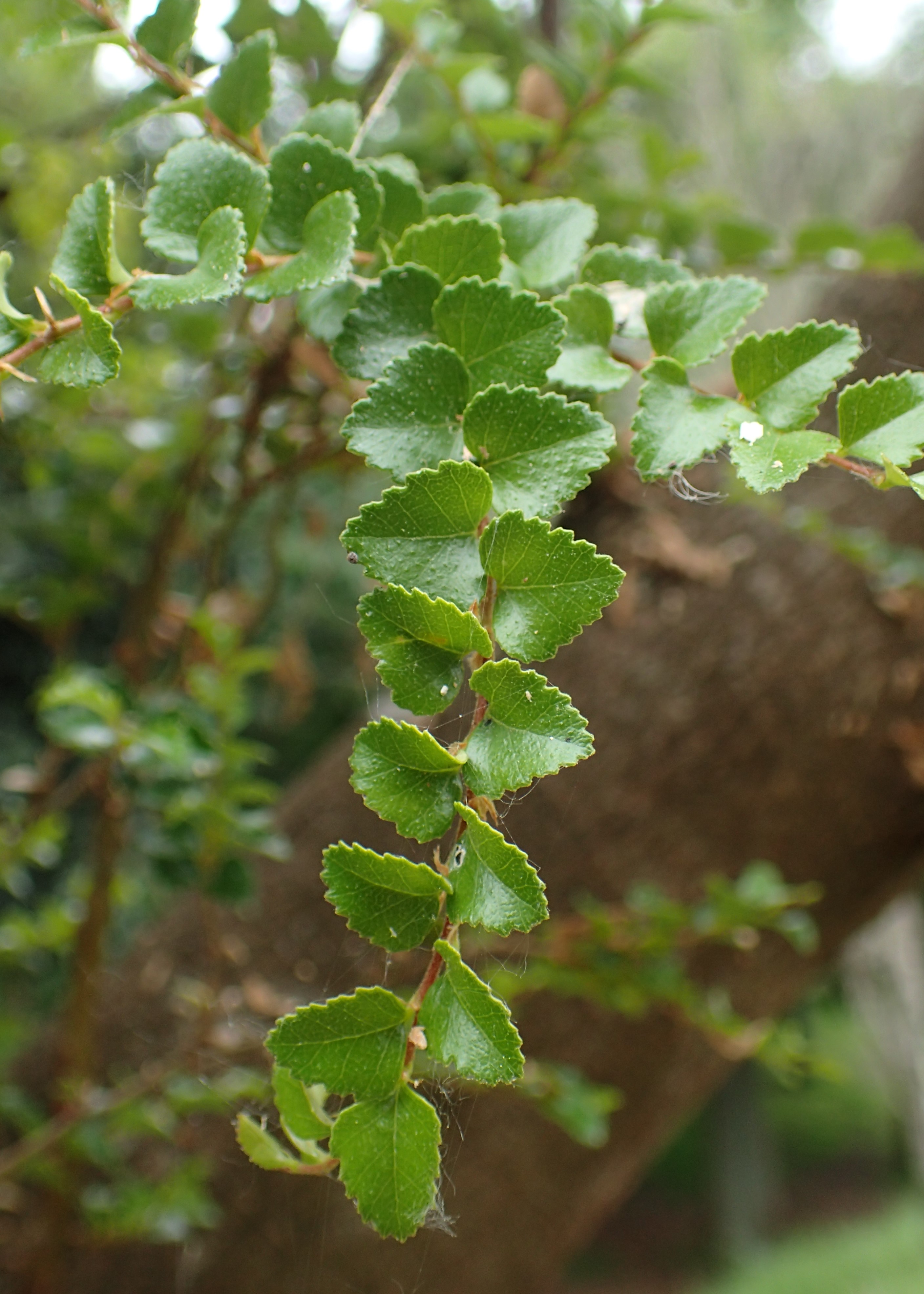|
Gomphus (fungus)
''Gomphus'' is a genus of Basidiocarp#Types, cantharelloid fungi in the family Gomphaceae. Once presumed to be related to chanterelles, molecular study has shown them to be allied with Phallaceae, stinkhorns and Clavariadelphus, fairy clubs. The type species of the genus is the pig's ear (''Gomphus clavatus, G. clavatus''). Christiaan Hendrik Persoon named the genus in 1797, but did not assign any species to it at the time. The generic name is derived from the Ancient Greek, Greek 'γομφος' ''gomphos'' meaning 'plug' or 'large wedge-shaped nail'. Species , Index Fungorum accepts 12 species of ''Gomphus'': There are several undescribed species in the forests of Myrtle beech (''Nothofagus cunninghamii'') in Tasmania.Fuhrer B (2005) A Field Guide to Australian Fungi. Bloomings Books. Bruce A. Fuhrer, Bruce Fuhrer noticed in 1992 that the large and ornamented spores of these species resembled those of the genera ''Ramaria'' and ''Beenakia''. References Gomph ... [...More Info...] [...Related Items...] OR: [Wikipedia] [Google] [Baidu] |
Gomphus Clavatus
''Gomphus clavatus'', common name, commonly known as pig's ears or the violet chanterelle, is an edible mushroom, edible species of fungus in the genus ''Gomphus (fungus), Gomphus''. Species description, Described by Jacob Christian Schäffer in 1774, ''G. clavatus'' has had several name changes and many alternative scientific names, having been classified in the genus Cantharellus (also called chanterelles), though it is not closely related to them. The basidiocarp, fruit body is vase- or fan-shaped with wavy edges to its rim, and grows up to wide and tall. The upper surface or pileus (mycology), cap is orangish-brown to Lilac (color), lilac, while the lower basidiospore, spore-bearing surface, the hymenium, is covered in wrinkles and ridges rather than lamella (mycology), gills or pores, and is a distinctive purple color. Typically found in Temperate coniferous forest, coniferous forests in Eurasia and North America, ''G. clavatus'' is mycorrhizal and associated wi ... [...More Info...] [...Related Items...] OR: [Wikipedia] [Google] [Baidu] |
Gomphus Crassipes
''Gomphus crassipes'' is a species of fungus in the genus '' Gomphus'', family Gomphaceae The Gomphaceae are a diverse family of fungi belonging in what is classically known as the Phallales or cladistically as the ''gomphoid-phalloid clade''. In 2008, the family had 13 genera Genus (; : genera ) is a taxonomic rank above species .... It is native to Spain and North Africa and possibly threatened by habitat loss. References External links * Gomphaceae Agaricomycetes genera Fungi of Africa Fungi described in 1889 Fungus species {{Gomphales-stub ... [...More Info...] [...Related Items...] OR: [Wikipedia] [Google] [Baidu] |
Beenakia
''Beenakia'' is a genus of fungi in the Clavariadelphaceae The Clavariadelphaceae are a family of fungi belonging in what is classically known as the Gomphales order, or cladistically as the gomphoid-phalloid clade. First described by British botanist E.J.H. Corner in 1970, the family has 2 genera and ... family. The genus has a widespread distribution, and contains seven species. References External links * Gomphales Agaricomycetes genera Taxa named by Derek Reid {{Gomphales-stub ... [...More Info...] [...Related Items...] OR: [Wikipedia] [Google] [Baidu] |
Ramaria
The genus ''Ramaria'' comprises approximately 200 species of coral fungi. Several, such as '' Ramaria flava'', are edible and picked in Europe, though they are easily confused with several mildly poisonous species capable of causing nausea, vomiting, and diarrhea; these include '' R. formosa'' and '' R. pallida''. Three ''Ramaria'' species have been demonstrated to contain a very unusual organoarsenic compound homoarsenocholine. Etymology The genus name is derived from Latin ''rāmus'' meaning ''branch''. Description Basidiocarps may range in color from bright yellow, red, pink, or orange, to purple, white, and shades of tan. Color changes after bruising occur in some species. The spores of ''Ramaria'' species are yellow-brown to rusty-brown in mass deposit and range from smooth to warted to echinulate or striate. Spore size may vary considerably, and ornamentation, when present, is cyanophilous. Classification Hjomsköld was the first to introduce the name ''Ramaria'' in 1 ... [...More Info...] [...Related Items...] OR: [Wikipedia] [Google] [Baidu] |
Bruce A
The English language name Bruce arrived in Scotland with the Normans, from the place name Brix, Manche in Normandy, France, meaning "the willowlands". Initially promulgated via the descendants of king Robert the Bruce (1274−1329), it has been a Scottish surname since medieval times; it is now a common male given name. The variant ''Lebrix'' and ''Le Brix'' are French variations of the surname. Note: A few people are notable in more than one field, and therefore appear in more than one section. Arts and entertainment Film and television * Bruce Altman (born 1955), American actor * Bruce Baillie (1931–2020), American filmmaker * Bruce Bennett (1906–2007), American actor and athlete * Bruce Berman (born 1952), American film producer * Bruce Boa (1930–2004), Canadian actor * Bruce Boxleitner (born 1950), American actor * Bruce Campbell (born 1958), American actor, director, writer, producer and author * Bruce Conner (1933–2008), American artist and filmmaker * Br ... [...More Info...] [...Related Items...] OR: [Wikipedia] [Google] [Baidu] |
Tasmania
Tasmania (; palawa kani: ''Lutruwita'') is an island States and territories of Australia, state of Australia. It is located to the south of the Mainland Australia, Australian mainland, and is separated from it by the Bass Strait. The state encompasses the main island of Tasmania, the List of islands by area#Islands, 26th-largest island in the world, and the List of islands of Tasmania, surrounding 1000 islands. It is Australia's smallest and least populous state, with 573,479 residents . The List of Australian capital cities, state capital and largest city is Hobart, with around 40% of the population living in the Greater Hobart area. Estimated resident population, 30 June 2017. Tasmania is the most decentralised state in Australia, with the lowest proportion of its residents living within its capital city. Tasmania's main island was first inhabited by Aboriginal Australians, Aboriginal peoples, who today generally identify as Palawa or Pakana. It is believed that Abori ... [...More Info...] [...Related Items...] OR: [Wikipedia] [Google] [Baidu] |
Nothofagus Cunninghamii
''Nothofagus cunninghamii'', commonly known as myrtle beech or Tasmanian myrtle, is the dominant species of cool temperate rainforests in Tasmania and Southern Victoria. It has low fire resistance and grows best in partial shade conditions. It has rough bark covered in mosses and epiphytic growth. Its leaves are triangular-shaped, small, and dark green with differentiated margins. It has white unisexual flowers. Description and habit ''N. cunninghamii'' range from trees of up to 50 meters in protected rainforest valleys to low-growing alpine shrubs less than 1 m tall in exposed conditions. Maximum height is about 55 m. The Leaf, leaves are simple and alternate, growing 0.5–1.5 cm long, and in Victoria up to 2 cm (0.8 in) long. The leaves are dark green, with new growth brilliant red, pink or orange in spring. They are triangular with irregular minute teeth with craspedodromous veins with all secondary veins terminate at leaf margins and spread from a central ... [...More Info...] [...Related Items...] OR: [Wikipedia] [Google] [Baidu] |
Gomphus Yunnanensis
''Gomphus'' can refer to either one of two genera of living organism: * ''Gomphus'' (dragonfly), a widespread genus of dragonfly * ''Gomphus'' (fungus), a small genus of fungus {{Genus disambiguation ... [...More Info...] [...Related Items...] OR: [Wikipedia] [Google] [Baidu] |



